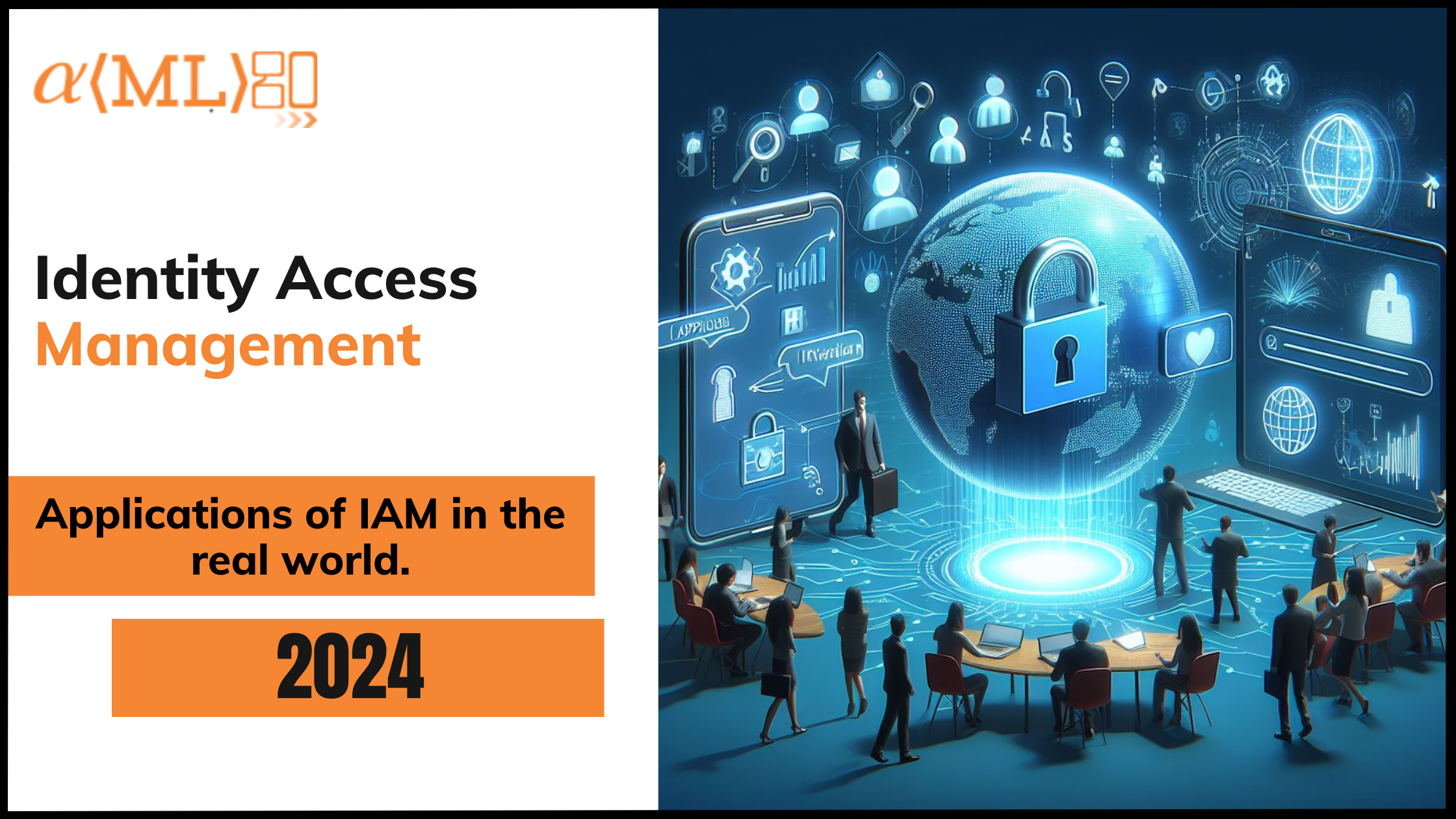
Let’s delve into the fascinating world of Identity and Access Management (IAM). In this blog post, we’ll explore the basics of IAM, its significance, and real-world applications.
Identity and Access Management (IAM) is a crucial cyber security discipline that revolves around how users access digital resources and what actions they can perform with those resources. The key Components of IAM are:
- Digital Resources: These encompass a wide range of applications and data within a computer system. Examples include web applications, APIs, platforms, devices, and databases.
- Identity and Identity Cube: At the core of IAM lies identity. When someone seeks access to a resource, they become a digital identity. This could be a customer, employee, member, or even a non-human entity like software or IoT devices. The entity which combines all the Information and its resources in one is called Identity Cube.
- Authentication: The process of verifying a user’s digital identity. Authentication ensures that the user is who they claim to be.
- Authorization: Determines what resources a user can access. Unlike authentication, which confirms identity, authorization grants or denies access to specific resources based on that identity.
IAM Applications in Real World
IAM finds its relevance in real world. Lets check some of the real world applications of IAM.
- User Provisioning and De-Provisioning:
- IAM streamlines the process of adding new users to the system (provisioning) and removing them when they no longer need access (de-provisioning).
- For example, when a new employee joins a company, IAM ensures they have the right access to relevant applications and data.
- Employee Access Management:
- When Organizations need to grant appropriate access privileges to employees based on their roles, IAM ensures that the right individuals within an organization can efficiently perform their tasks while safeguarding sensitive information.
- Strong Authentication:
- IAM enables multi-factor authentication (MFA), combining something the user knows (password) with something they have (e.g., SMS code or fingerprint)
- Single Sign-On (SSO):
- SSO simplifies user authentication by allowing them to log in once and access multiple applications seamlessly.
- Real-world scenario: An employee logs in to their company portal and gains access to email, project management tools, and other applications without re-entering credentials.
- Role-Based Access Control (RBAC):
- RBAC assigns permissions based on job roles. Users inherit access rights associated with their roles.
- For instance, a manager might have access to financial reports, while a developer can only access code repositories.
- Multi-Factor Authentication (MFA):
- MFA enhances security by requiring users to provide multiple forms of verification (e.g., password + SMS code or fingerprint).
- Real-world use: Banking apps often employ MFA to protect sensitive transactions.
- Privileged Access Management (PAM):
- PAM restricts high-level access to critical systems and data. It ensures that only authorized personnel can perform privileged actions.
- Example: System administrators accessing production servers.
- Cloud IAM:
- Cloud providers offer IAM services for managing access to cloud resources.
- AWS IAM, for instance, controls access to Amazon Web Services resources.
- Access Auditing and Compliance:
- IAM logs and monitors user activity, helping organizations track who accessed what and when.
- Compliance requirements (such as GDPR) necessitate robust IAM practices.
- Separation of Duties:
- IAM helps Organizations to achieve the separation of duties through an implemented set of policies.
Top Players in the IAM Domain
The IAM market is dominated by a lot of big players. Here is the list of some of the top companies operating in the IAM Domain.
- Okta: Okta is a cloud-based IAM solution known for its robust authentication, single sign-on (SSO), and adaptive access capabilities
- Ping Identity: Ping Identity offers comprehensive IAM solutions, including identity governance, SSO, and API security
- ForgeRock: ForgeRock provides an open-source IAM platform with scalability and flexibility.
- CyberArk: CyberArk’s IAM solution focuses on privileged access management (PAM) and securing critical accounts
OneLogin: OneLogin provides cloud-based IAM solutions with a focus on simplicity and security.
- Auth0: Auth0 specializes in developer-friendly IAM solutions, including authentication as a service.
- SailPoint: SailPoint’s IAM platform focuses on identity governance and compliance with On-premise and Cloud product offerings.
- RSA SecurID : RSA offers IAM solutions with a strong emphasis on authentication and risk-based access.
Conclusion –
Secure IAM practices are the first ladder of security in Enterprises. IAM ensures that the right people access the right resources at the right time, bolstering security and operational efficiency. Whether you’re safeguarding sensitive data or enabling seamless user experiences, IAM plays a pivotal role in today’s interconnected digital landscape.
To learn about newer in-trend technologies follow our Up-To-Date Blog page written by our expert professionals after successfully implementing and providing solutions to the clients using the same to give our readers more practical insights about the use of technology.
Reach us on:
LinkedIn: https://in.linkedin.com/company/amlgolabs
Email: [email protected]
